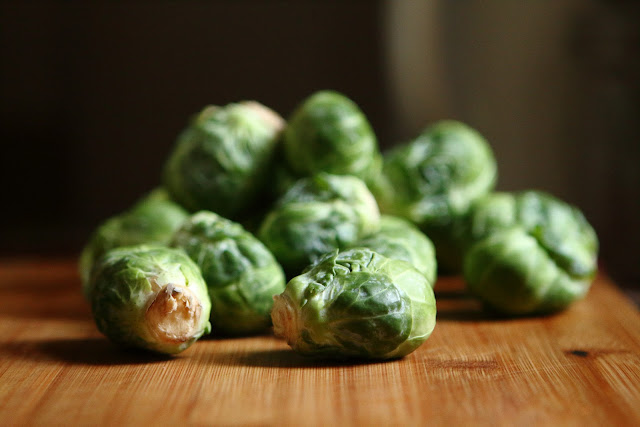During the winter months when your garden is frosted over, you may not realize the variety of different fruits and vegetables that are in season, at their most flavorful, and available at your local grocery store or farmers market! Fruits and vegetables are a great way to eat healthily and fuel your body with vital vitamins and nutrients, and this can be especially important during cold and flu season. Not to mention, fruits and vegetables are cheaper and tastier when they are in season. Don’t leave your winter produce out in the cold this year, check out our guide to winter fruits and vegetables!
Winter Fruits
Cranberries: Cranberries are another example of a fall fruit that continues its limelight through the winter months. Although the fruit itself has a heavily acidic taste, cranberries can be made into juice, jam, and the fan-favorite cranberry sauce accompanying holiday meals. You can also make sugared cranberries for a fun and quick winter treat!
Lemons: Lemons are available year-round, but the best time to consume them is between January and April when they’re at their juiciest! With almost double the amount of vitamin C that you need every day in your diet, eating lemons can help boost your immune system and add a tasty citrus flavor to just about anything you want. Fun fact: In the Age of Exploration, sailors brought hordes of lemons on board to prevent scurvy, which is brought on by a lack of vitamin C!
Grapefruits: As one of the few fruits specifically in season in winter and the only fruit worthy of its own spoon, grapefruits are a winter staple in many households. A great breakfast option, grapefruits are fat, cholesterol, and sodium free, and high in vitamins A and C. When selecting a grapefruit, you should try to look for fruits that are firm, unblemished, and heavy for their size.
Pears: Pears are available year-round but are officially in season in fall and winter. The Pacific Northwest accounts for most of the pears grown and distributed in the country, but pears are also grown in New York and Pennsylvania! To tell if your pear is ripe, pinch the ‘neck’ portion of the fruit to determine how firm it is. If it gives slightly, your pear is ripe. Pro-tip: To slow the browning of sliced pears or apples, soak the slices in a solution of 50 percent water, 50 percent lemon juice.
Oranges: When picking out your winter fruits, you can’t forget oranges! Oranges are specifically in season in winter when they’re at their ripest and sweetest. Another great source of vitamin C, oranges can be peeled and eaten raw, or squeezed for fresh juice. Fun fact: The modern orange is not a wild fruit, but a cross between a mandarin orange and a pomelo, which is similar to a grapefruit!
Winter Vegetables
Cabbages: Cabbages are a versatile vegetable in season in the spring, fall, and winter months. High in fiber and antioxidants, cabbages can be prepared in a variety of ways, including pickling to make sauerkraut or kimchi, or served raw with a dressing or condiment as coleslaw! Fun fact: Babe Ruth used to keep a cabbage leaf under his baseball cap to stay cool, swapping it out every two innings!
Leeks: A member of the onion family, leeks are a long slender plant with a subtle sweet taste. Leeks are not only in season in the winter, but they can be “overwintered,” meaning leeks can be left in the ground in your garden in the winter months and dug up as needed. Leeks can be enjoyed fried, boiled, or raw, and are the staple ingredient in leek soups.
Sweet Potatoes: Sweet potatoes are in season in the fall and winter months but are usually available at the supermarket because of their long shelf life when cured at a high temperature and humidity. Sweet potatoes are enjoyed in the holiday season and sometimes called yams in North America, but are not related to true yams. Sweet potatoes can be served mashed, baked, steamed, or as french fries!
Winter Squashes: Acorn squash, buttercup squash, butternut squash, carnival squash, delicata squash, hubbard squash, spaghetti squash and pumpkin are all winter squashes that can be found at your local grocery store or farmers market. Winter squashes are a variety of squashes harvested in the winter, and they feature a firmer shell than summer squashes, making them harder to cut but easier to preserve. Pro-tip: The easiest way to prepare winter squash is by halving and roasting the squash until tender.
By selecting fruits and vegetables that are in season, you can enjoy your produce at its tastiest and its cheapest, too! For more information on nutrition and eating healthy, check out these tips by NYCM Fitness Coordinator/Trainer Karen Fagan.








.jpg)



.jpg)



